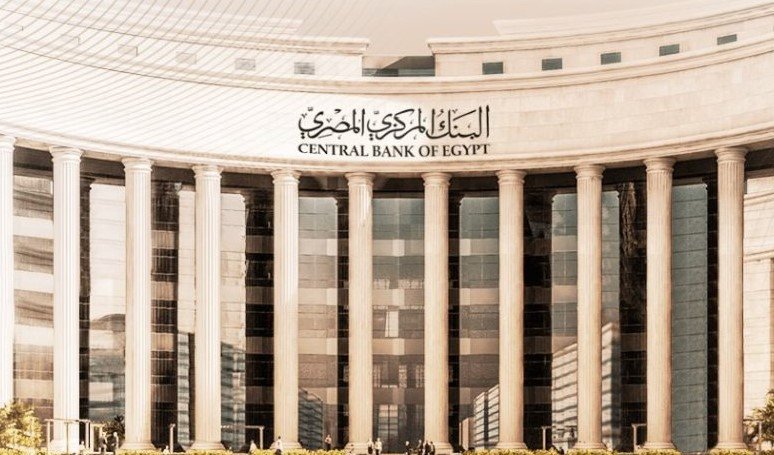With $15B flowing into local debt, Egypt shines in emerging markets despite IMF warnings on privatisation delays
A year after Egypt let its currency float, foreign portfolio investors are coming back—and they’re bringing billions with them. High-yielding debt and a weaker dollar have made Egypt’s local bonds a magnet for risk-tolerant capital, even as the country faces pressure to speed up stalled privatisation plans.
Since the March 2024 flotation of the Egyptian pound, over $15 billion in foreign money has poured into treasury bills and bonds denominated in the local currency. That’s not just a vote of confidence in Egypt—it’s also a sign that, in a world full of economic fog, Cairo’s markets offer a surprisingly clear signal.
The Allure of EGP Debt in a Fragile Macro World
High yields don’t hurt.
Egypt’s treasury bills and long-dated bonds are paying some of the juiciest returns in emerging markets. Combined with the relative stability of the pound post-float, it’s been enough to offset fears over inflation, fiscal pressure, and delayed state sell-offs.
These instruments, particularly the short-term treasury bills, are now viewed as:
-
High-yield bets with attractive real rates
-
Relatively shielded from currency risk due to pound stabilization
-
Backed by multilateral support (IMF, World Bank, EU)
“Even with the IMF nudging Egypt to accelerate asset sales, the broader picture is improving,” said Fady Gendy, Portfolio Manager at Arqaam Capital. “Foreign reserves are up, reforms are moving—albeit slower than some would like—and the macro environment favors EM exposure.”

Dollar Dips, Oil Slides, and the EM Tailwind
Part of Egypt’s comeback is homegrown. But there’s also a powerful global undertow helping push foreign funds toward Cairo.
Two global trends have worked in Egypt’s favor in recent months:
-
A softer U.S. dollar, which historically boosts flows into emerging markets by reducing hedging costs and risk premiums.
-
Falling oil prices, which benefit Egypt as a net importer and help ease pressure on its current account.
Put simply: Egypt’s macro setting looks more manageable now than it did a year ago. The IMF’s fifth and sixth combined program reviews, completed earlier this year, helped shore up investor confidence further.
The Ras El-Hekma Deal and Gulf Backing: More Than Just PR
Egypt’s financial health isn’t just about bond markets or central bank swaps. It’s also tied to tangible mega-investments like the UAE’s $35 billion Ras El-Hekma development on the north coast.
That deal wasn’t just real estate—it was also a signal that Gulf allies are still willing to back Egypt when it counts.
More could be coming. According to senior market analysts in Cairo, Qatar and Kuwait are in early talks to convert their central bank deposits into direct equity stakes or strategic investments. If that happens, it would deepen regional financial ties and lower Egypt’s external debt exposure.
“It’s a form of de-dollarisation,” said one Cairo-based investment banker. “Less debt, more equity—that’s the direction Egypt needs to go.”
Still Waiting on Privatisation to Move the Needle
But it’s not all cheers.
The IMF has flagged Egypt’s slow pace in privatising state-owned companies. While a handful of public offerings and stake sales have happened over the past 18 months, analysts say the process needs more urgency.
The privatisation programme is a linchpin of the broader reform plan. Without it, the government’s fiscal targets and competitiveness goals look harder to meet.
Even so, foreign investors are mostly looking past the delay—for now.
“Investors see a country in mid-recovery,” said a senior economist at a European development bank. “Not everything needs to be perfect. But if privatisation stalls completely, that could dent the outlook fast.”
Portfolio Investment Trends: A Closer Look
Here’s how the foreign portfolio landscape looks since March 2024:
| Asset Class | Inflow Estimate (USD) | Key Characteristics |
|---|---|---|
| Treasury Bills (EGP) | $8.5 billion | Short-duration, high-yield, low FX risk |
| Treasury Bonds (EGP) | $6.2 billion | Long-term returns, favored by institutional funds |
| Equities | $400 million | Still volatile, underweighted by global funds |
Notably, equity flows remain modest. Investors still prefer debt over stocks due to liquidity issues and corporate transparency concerns in the Egyptian market.
The Sentiment Is Fragile—but It’s Back
Egypt isn’t suddenly in the clear. Inflation remains elevated, structural reforms are incomplete, and unemployment—especially among youth—is still too high.
But sentiment has shifted. The fear that gripped Cairo markets in 2022 and early 2023 has given way to cautious optimism. Traders are watching policy moves more closely. Analysts are talking about investment timelines rather than capital flight.
One London-based EM fund manager said it best: “You don’t need everything to be fixed. You just need signs that things won’t break further. Right now, Egypt is sending those signals.”
